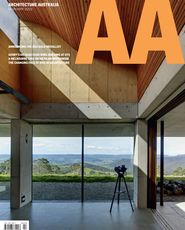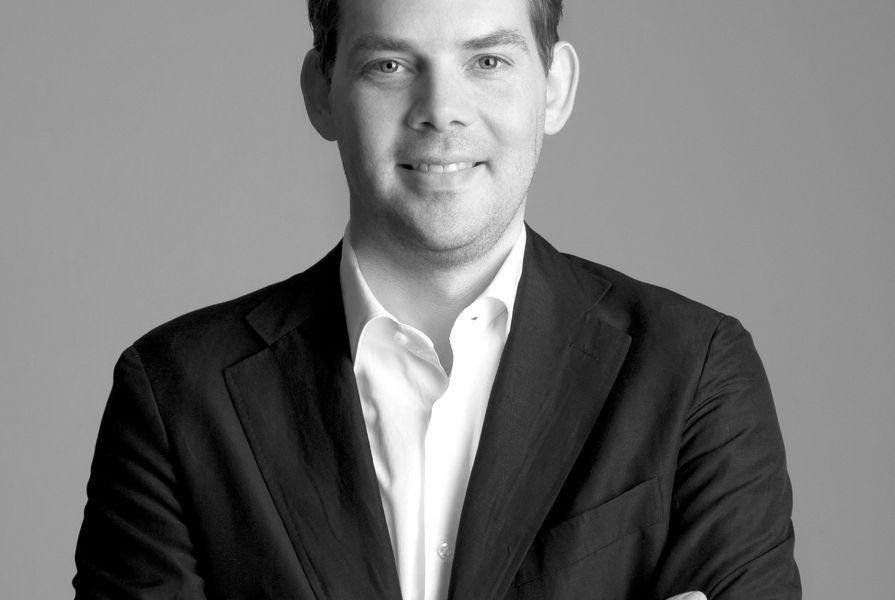First and foremost, when it comes to clients, OMA takes risks to the maximum. We question everything that is asked of us, pushing these questions into realms where innovation can happen. Often this surprises clients who have learnt to expect the architect to come along and make a beautiful sketch, then have a conversation based on that sketch. We do the total opposite. First, we start a dialogue and then we begin research that is tested with the client. Then, eventually, we start drawing. Over time, this approach makes us a team. Importantly, however, this kind of relationship varies from region to region.
Working with Asian clients is always much more direct than with European clients. In Europe, there are always client representatives, so you must first convince the representative to convince the client to be part of the process before you can finally get to speak to the client. This has positives and negatives. On the positive side you have a trial and error period, so you can make some mistakes. On the downside, once you define the realm of what’s possible, it’s more or less set. You can never extend it again. It goes through public engagement and all sorts of bureaucratic processes, after which the client is not really willing to stretch the idea any further.
In Asia, these things are very different. From an early stage you tend to speak to the leaders in the organizations or government, and you typically have one shot. This, of course, involves a high degree of risk, but it also has the potential to be direct and collaborative from the start. Asian clients are constantly willing to test the boundaries.
Another big difference between working with Asian and European clients relates to the issue of procurement. In Europe, the process is bound by lots of probity rules and competitive processes between architects. In Asia, you have a more direct relationship with the client, even when they are still in the selection process. Therefore you can show more of yourself from an early stage, and show them the risk they take when they choose to work with you. In my view, this is more balanced. They take the discussion forward based on a personal relationship, rather than on four panels, three hundred words and a financial statement.
Of course part of the risk of this process is that it can lead to a dead end and then you have to pull it back and be very honest with yourself, your staff and the client. If an interesting idea doesn’t deliver what was expected, we have to do something else.
As a specific example of risk, for the Taipei Performing Arts Center we presented an idea that we never thought would be accepted or adopted. It was an open, anonymous competition, which normally OMA would never participate in simply because dialogue is extremely important in our work and we never want to erase the dialogue. Nevertheless, we read the brief and we strongly believed that Taipei’s Shilin Night Market should not be lost in the process by replacing the local culture with a conventional high-culture three-room theatre.
So despite our uncertainty about the process we went to the site, visited the night market and made a connection with theatre makers. No-one had any enthusiasm for the project because the surroundings were those in which they grew up. They didn’t want to participate in destroying this market for their art. Rather, they wanted to infuse it with their art.
It became clear that we had to retain the night market and figure out a way that we could reduce the footprint of the building. This meant submitting a proposal that had the venue hovering over the market. At that point we had not fully figured out how to make it work. It was a risk because we were deliberately not fully fulfilling the brief with an idea that still had many unanswered questions.
The jury liked the submission but they also had no way of entirely knowing how this would work, so it was a risk on their part too. In exploring the typology of theatre-making, we found that we could turn the theatres in on themselves and connect them. This meant that we suddenly had one of the biggest formal theatres ever to be built in the world (holding an audience of 3,000 people) inside a small-footprint building. It was an innovation that the theatre makers were looking for, but it was also a gamble. The building looked very unconventional, but was explainable as a machine for what the city actually needed.
The city courageously acknowledged that the full fulfilment of the brief was not the only answer for the project and that there were other possibilities not imagined before. Our submission was selected. When we moved from competition to planning, the architect and client became a team, sharing in unbelievable discussion and coalition. As an effect, the government changed the procurement laws specifically for this building. Because we needed multiple experts for the construction (shipbuilders for the cladding, acousticians for the auditoria, etc.), the government changed the convention of having only one contractor for a whole project. In the end the building is both a risk taken by and an achievement of the client, based essentially on an intuitive move on the part of OMA.
Source

Discussion
Published online: 30 Apr 2015
Words:
David Gianotten
Images:
Andrew Tang,
Artefactory Lab
Issue
Architecture Australia, March 2015

















